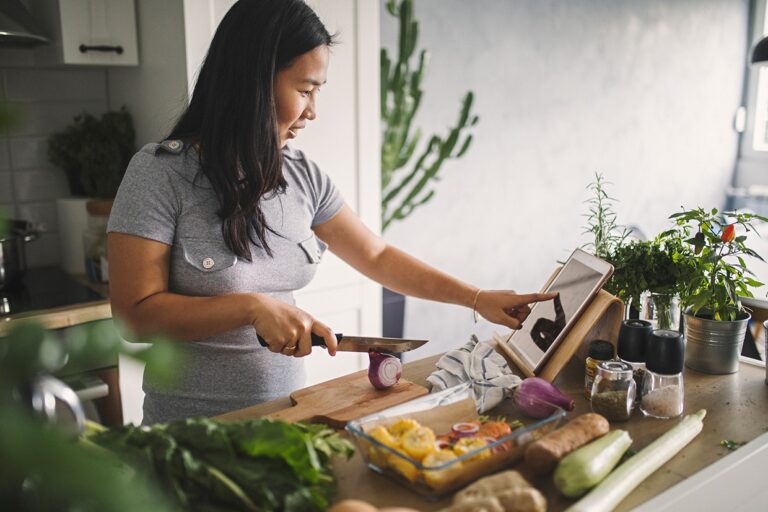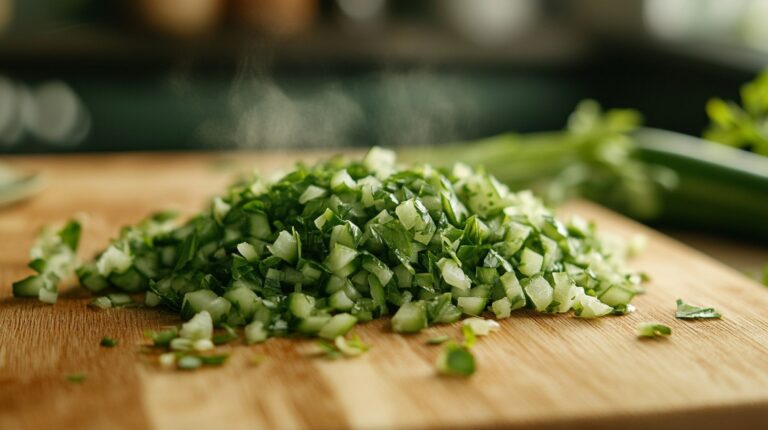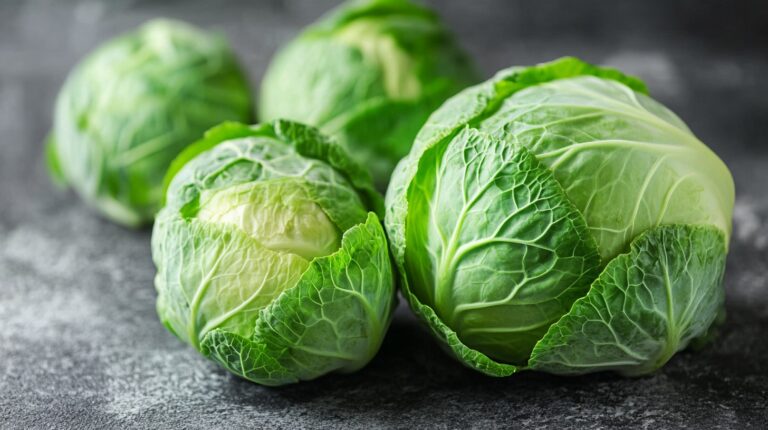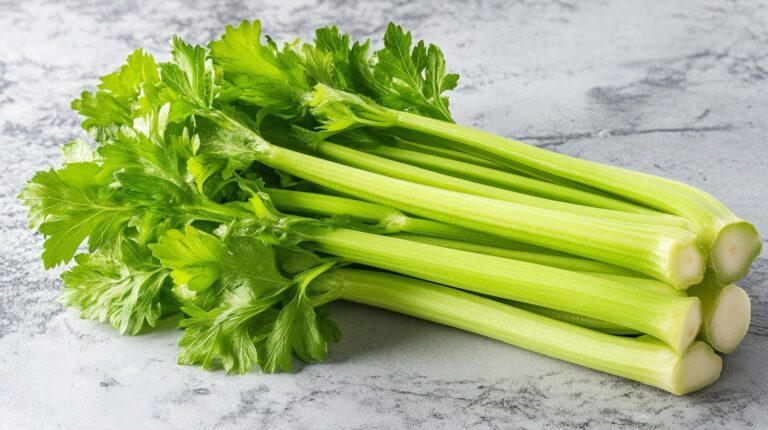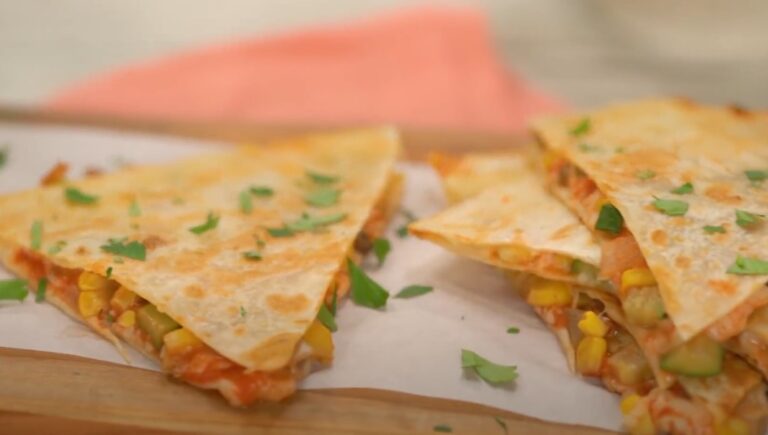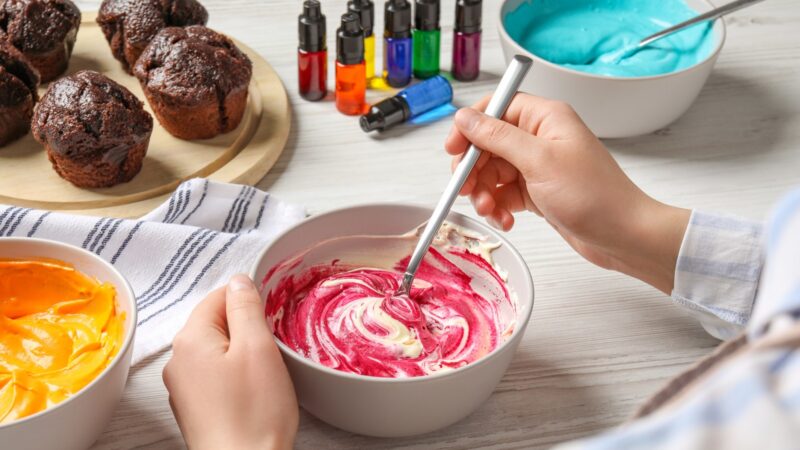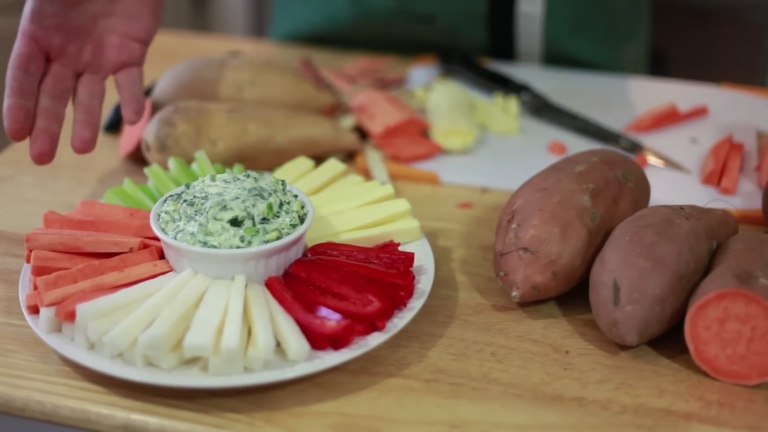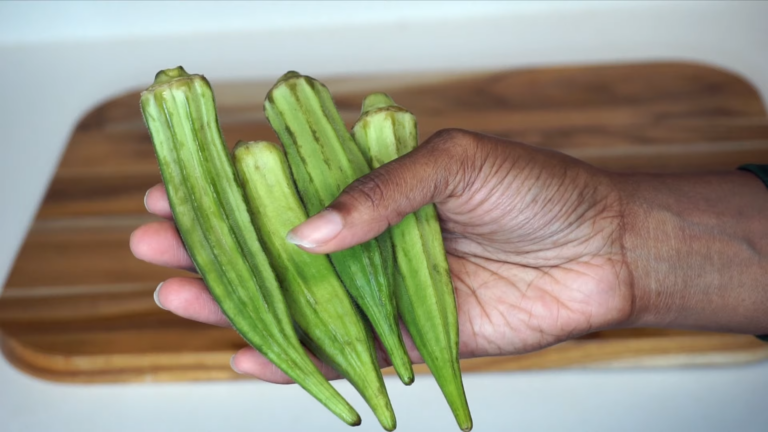Ever pulled out that bottle of food coloring from the back of your pantry and wondered if it’s still good to use? You’re not alone. Whether you’re decorating cupcakes for a party or adding a splash of color to your homemade pasta, you want to make sure your food coloring is up to the task.
Here’s how to figure out if your food coloring has gone bad and what to look for before you add it to your food. Let’s make sure your colors pop and your treats stay safe!
Does food coloring go bad?
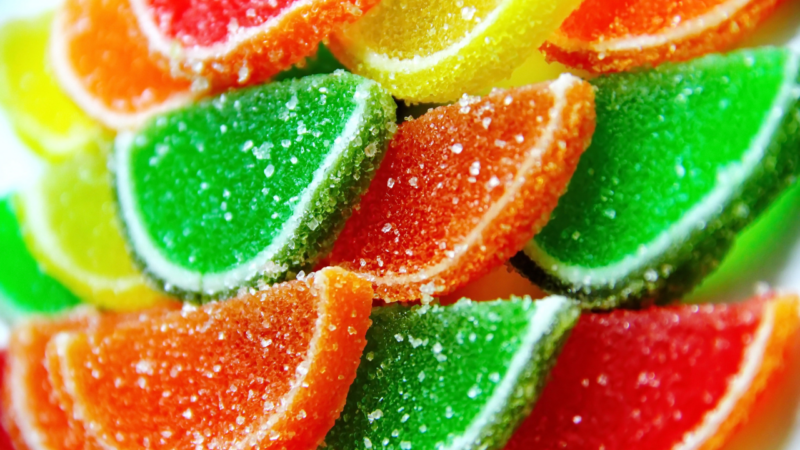
Food coloring, especially the artificial stuff, basically lasts forever. It doesn’t have any ingredients that can go bad. These synthetic dyes are made from stable chemicals that don’t break down over time. But, you’ll still see expiration dates on the labels because manufacturers have to put them there.
Signs that it has gone bad
Despite its long shelf life, food coloring can deteriorate if not stored properly. Improper storage can lead to contamination, which might affect the quality and safety of the product. Here are some signs that your food coloring may have gone bad:
- Changes in color: If the color looks different from when you first bought it, it may have degraded. This could indicate that the dye has chemically altered due to exposure to light or air.
- Consistency changes: Gel food coloring may dry up and harden, while liquid food coloring may become thicker or start drying up. This is often a result of evaporation or contamination by external particles.
- Odor changes: If the food coloring develops an unusual smell, it could be a sign of contamination or spoilage, especially in natural food coloring.
How to store food coloring
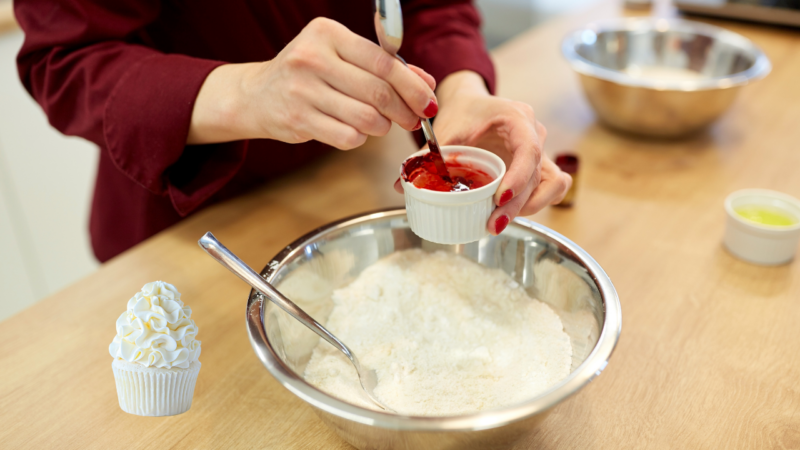
To ensure your food coloring lasts as long as possible, store it properly. Correct storage practices can significantly extend the shelf life of both artificial and natural food colorings.
Keep it sealed
Make sure the bottle is tightly sealed to prevent contamination from dust and other particles. An airtight seal also helps maintain the product’s consistency and color intensity.
Store in a cool, dry place
Avoid storing food coloring in places with high humidity or direct sunlight. Extreme temperatures and moisture can degrade the chemical structure of the dye, leading to reduced effectiveness.
Use clean utensils
Always use clean and dry utensils to avoid bringing allergens into the food coloring package.
Is it possible to revive it?
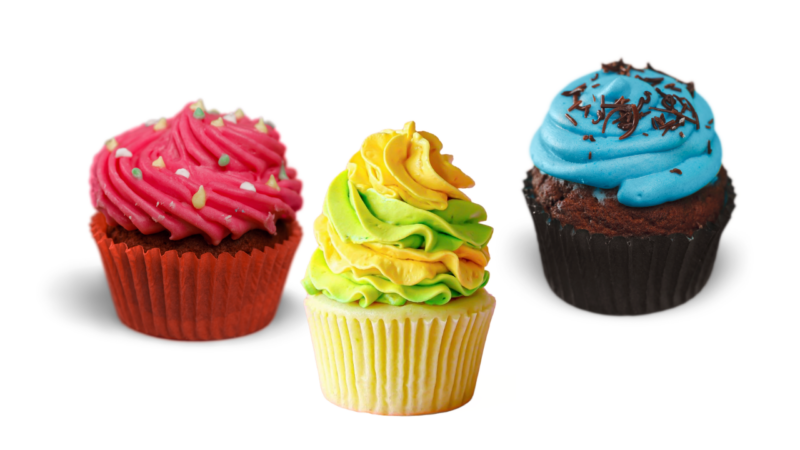
If your liquid food coloring has thickened, you can revive it by adding a few drops of hot water and shaking the bottle thoroughly. This can help restore its original consistency. The heat from the water can help dissolve any crystallized particles that may have formed.
Ensure that the water added is just enough to achieve the desired consistency without diluting the color intensity too much. This technique is particularly useful for gel-based colorings that have dried out.
Natural vs. store-bought food coloring
Store-bought food coloring, which is usually artificial, can last for years. It doesn’t have any ingredients that can spoil, so it stays stable and vibrant for a long time. These colors are designed to stay bright and effective under all kinds of conditions, making them perfect for both professional kitchens and home baking.
They usually come in rich, consistent shades that are hard to match with natural colors.
On the other hand, natural food coloring made from fruits, veggies, and spices doesn’t last as long. Because these ingredients can go bad, homemade food coloring will only keep for about 6 weeks in the fridge. Things like moisture and natural sugars can speed up spoilage. You can extend its life by storing it in an airtight container, but eventually, it will go bad.
To make it last as long as possible, keep it in a sealed container and try to use it within the recommended time frame. Even though homemade colors don’t last as long, they’re great if you prefer natural ingredients and want those soft, subtle hues.
In summary
Food coloring, especially the artificial kind, is designed to last a very long time. With proper storage, you can use it long past its expiration date. However, always check for changes in color and consistency to ensure it is still good to use. Natural food coloring, on the other hand, has a limited shelf life and should be used within a few weeks.


